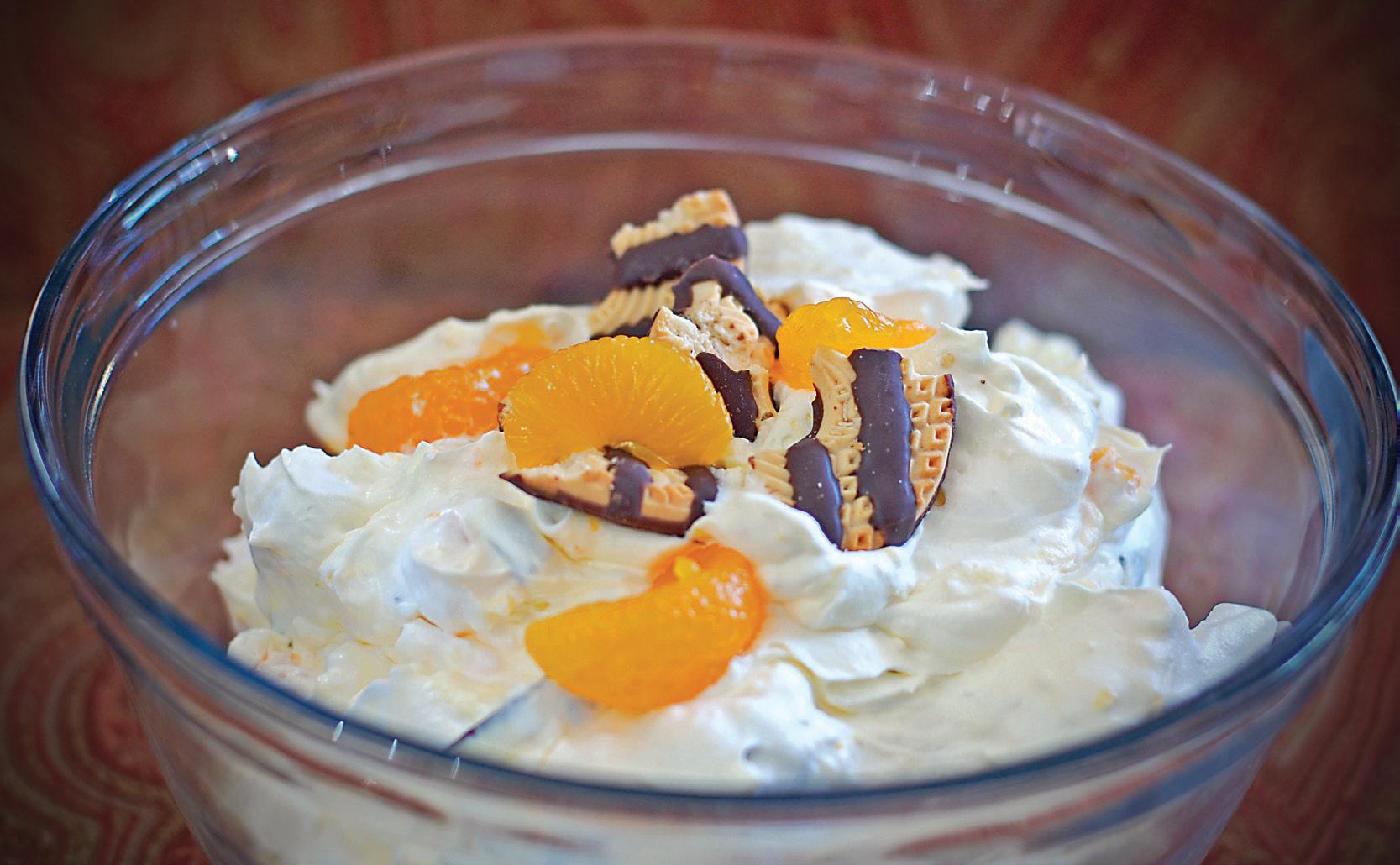
5 minute read
DULUTH RELICS
Cooking Up The Past With Community Recipes
By Kathleen Murphy
My mother was moving into a smaller place, so she offered me a stack of old cookbooks. Among them were three spiral bound books with well-used, ragged cardboard covers. “These will have recipes from people you might remember,” she said. “I can’t bring myself to throw them away, but I don’t have room for all of them anymore.”
Many of us likely still have a few of these cookbooks, even though they were a little inconvenient. The spiral bindings often tangled together, the cardboard-paper pages attracted stains, and let’s face it — there were just so many of them. A common giveaway or fundraising item.
So why was my mother having a hard time parting with them?
“I still have all my old cookbooks,” said Patty Salo Downs, a former Minnesota Power home economist. “They’re mostly beat-up, written in and stained, but I would never throw them away.”
The creation of a series of community cookbooks was a large part of Downs’ job, a way the power company reached out and connected with the community.
“We taught classes on cooking with a microwave, which was a newer technology at the time,” she said. “We’d go to schools and do community education; sometimes we’d even have to lug the microwave with us for demos. We always had a Minnesota Power cookbook, and we’d give them away for free to anyone who wanted one.”
Many people did want one. Long before Pinterest and food blogging, people shared recipes through oldfashioned recipe cards and community cookbooks. Those cookbooks — or as we like to call them in the Northland, the church cookbook, regardless of the organization that printed them — are as much a part of a Midwestern kitchen as the stove.
Flipping through pages transports me to another era. The cookbooks hailing from the 1970s and ’80s read like a menu from a church potluck, names I’d long forgotten tagged after each recipe. Hotdishes were king, though the cookbooks I found mainly referred to them as casseroles – the word “hotdish” only popping up occasionally. Perhaps, deep down, we’ve always thought “casserole” sounded more formal?
It was also a time when salads weren’t green. Sometimes “salad” implied a pasta side dish, but more often, it was a dessert-type casserole, stuffed with ingredients like Jell-O, marshmallows, and occasionally even candy. A recipe found in one of the Minnesota Power cookbooks was simply titled “Cookie Salad.” It boasted five simple ingredients: vanilla pudding, buttermilk, mandarin oranges, whipped cream, and of course — cookies. Everyone I informally polled had fond memories of this salad, as well as anything containing the words “Jell-O fluff.”
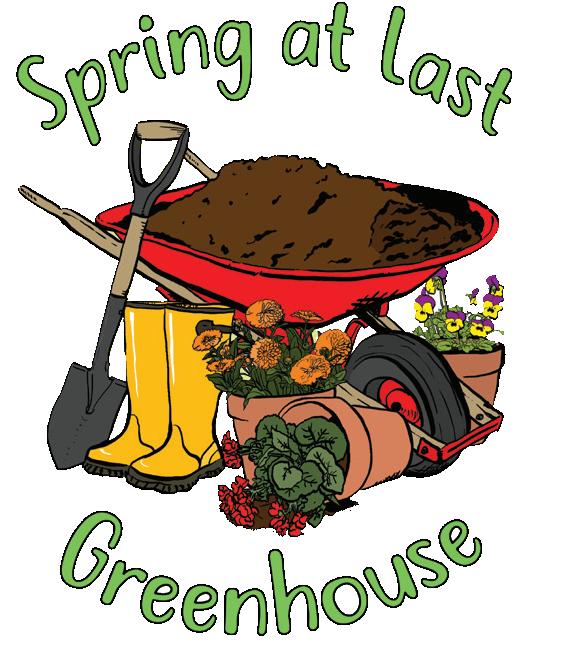
The cookbooks from this era also hinted that we were in a period of change. Traditional Midwestern recipes still prevailed, but a new section had emerged, usually labelled “Ethnic” or “International.” Many of the recipes in this section still somehow called for cream of mushroom soup and a full cup of cheese, but their presence gave us a snapshot into the mood of the time, a point at which Midwesterners were beginning to feel a little more adventurous and perhaps invite a bit of the outside world into their kitchens.
The cookbooks from earlier centuries, on the other hand, were a treasure trove of dishes we typically only know through memories of grandparents telling us about the great foods they used to eat. Rollmopse and Sillsallad, for example. The first was labelled as a German dish, the second as simply Scandinavian. Both, of course, contained herring. Sunbuckles and Plowtuckers graced the dessert page, as well as a cake straight-forwardly called “Eggless, Milkless, and Butterless Cake: My Mother’s World War One Cake.” One of the books contained directions on how to pickle any tongue.
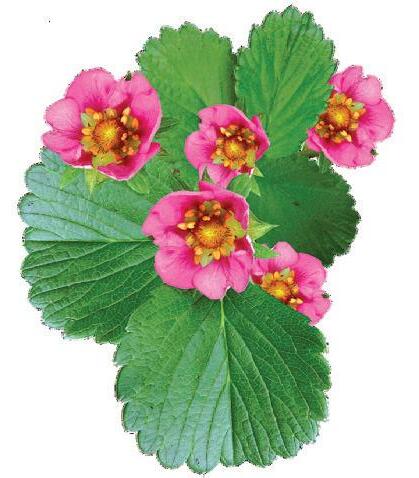
The joy of cooking from a church cookbook might not always be the actual recipes, or even the resulting dish, but rather the experience shared with people before you.
“I can certainly go on the internet and find a cream of mushroom soup recipe,” Downs said. “But when I use a recipe from my old cookbooks, I have a tangible connection to someone I once knew. Sometimes that person isn’t with us anymore, and I feel I’m honoring their memory by re-creating their recipes.” continued on page 17
Overnight Casserole
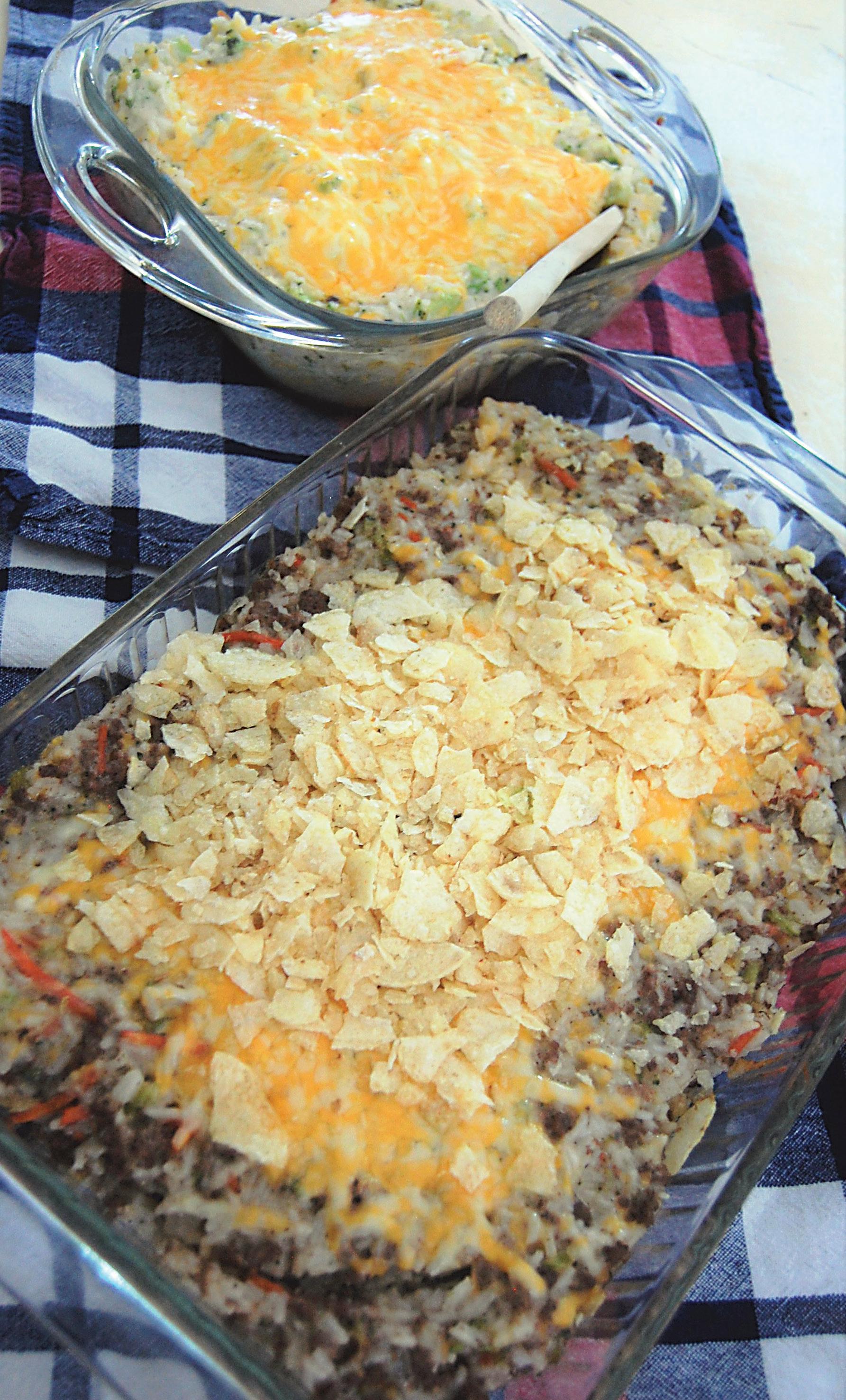
Found in the Sieur Du Lhut Tricentennial Cookbook
1 c. raw rice
4 c. milk
1½ lbs. ground beef
⅛ tsp. pepper
½ c. cheddar cheese
½ c. chopped onion
1 c. grated carrots
¼ c. chopped green pepper
1¼ tsp. salt
2 c. potato chips
¼ tsp. garlic salt
Combine all ingredients and place in a large casserole or 9x13 pan. Let stand in refrigerator overnight. Bake 1½-2 hours at 300 degrees covered. Uncover last 30 minutes and sprinkle with chips. Serve with sauce of 1 can each: cream of chicken and cream of mushroom soup and ½ c. milk. Blend and heat.
Recipe donated by: Woman’s Assoc. of Lakeside Presbyterian Church, Duluth, Minnesota
Broccoli-Rice Casserole
Found in The Skyline Sampler: The Women of First United Methodist Church, Duluth, Minnesota
2 (10 oz.) pkg. frozen, chopped broccoli
1 medium onion, chopped
2 c. cooked rice
1 small jar Cheez Whiz
(or 1 cup cheddar cheese)
⅓ c. butter or margarine
1 can cream of mushroom soup
Cook broccoli until crisp and drain well. Melt butter and saute onion. Mix all ingredients together and place in a 2 qt. casserole. Bake for 30 minutes at 350 degrees. Can be prepared ahead of time and baked later. Serves 8
Recipe donated by: Jean Merry, Luella Million, Roxanne Wren continued from page 15
It can be hard to find a modern church cookbook today. One local organization that still carries on the tradition is the Junior League of Duluth. They published a community cookbook in 2012 titled “The Best of Thymes: Celebrating 90 Years of the Junior League of Duluth.”
“It’s a compilation of the four cookbooks we’ve published in the past,” said Rita Rosenberger, a sustaining member of the Junior League of Duluth and one of the members who worked on releasing the cookbook. “There is something special about the community behind these books. There’s just more history in these pages than there is for the recipes I find online.”
She brought out her copies of the Junior League of Duluth cookbooks, showing me how well-used they are. “Also, I love to write my own notes in these books: The date I made the recipe, my substitutions, sometimes just a note to myself,” she said.
A recipe titled “Refrigerator Mashed Potatoes” has the words “Yummo! Used purple potatoes” penciled over it.
Now that I had a few church cookbooks to call my own, I tried a few of the recipes for my own family. The big hit? Cookie Salad.
Cookie Salad
Found in Look What’s Cooking: Favorite Recipes of Active and Retired Employees of Minnesota Power
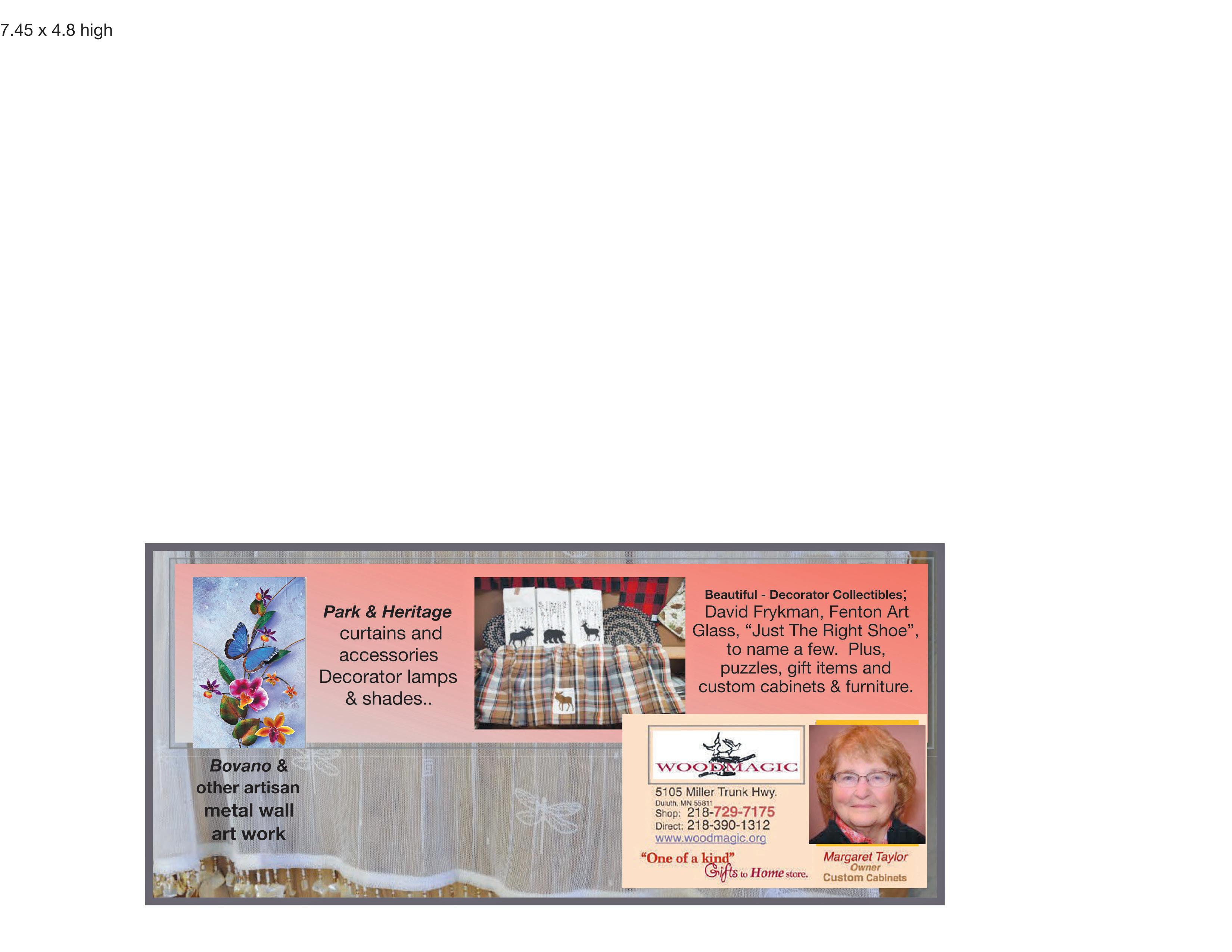
1 pkg. (3-½ oz.) instant vanilla pudding
1 carton (8 oz.) whipped topping
1 cup buttermilk
½ pkg. fudge striped cookies (break into large pieces)
1 can (11 oz.) mandarin oranges, drained
Mix pudding with buttermilk. Add mandarin oranges, whipped topping and broken cookies. Refrigerate. This is a delicious sweet salad.
